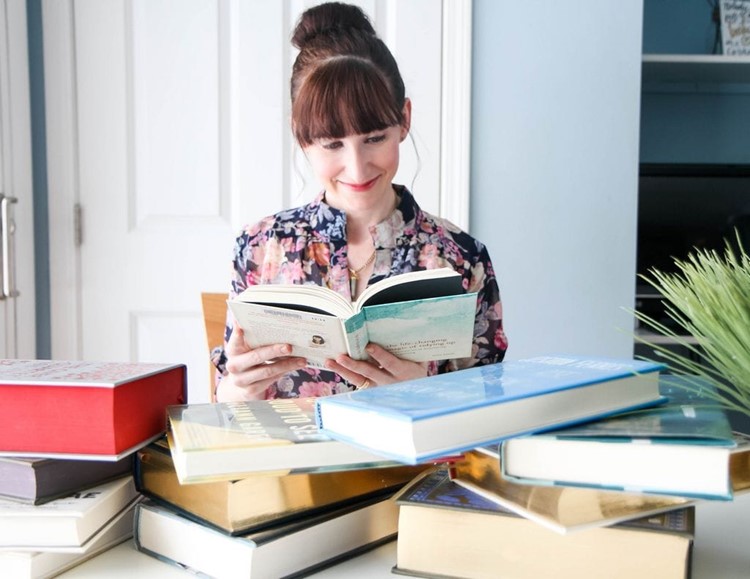
Historical fiction is one of my favorite genres and if you haven’t been introduced to Kathleen Tessaro before, I’d love to introduce you! Today Kathleen is joining me for Sundays With Writers to share about her new historical fiction novel, Rare Objects. If you haven’t read it yet, I think you will find it a welcome and well-researched escape into another era in time.
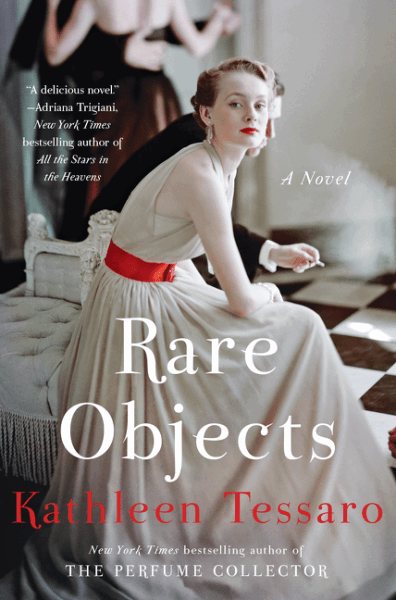
Set in Depression-era Boston, the book follows Maeve Fanning, a first generation Irish girl, being raised by her widow mother. Maeve engages in risky behavior that lead her to a psychiatric hospital where she strikes up an unlikely friendship with an unstable woman named Diana. Diana runs in an elite crowd, thanks to her wealth, and Maeve begins changing herself to fit in. Dying her red hair to blonde, she begins a job working in a shop selling rare artifacts, being romanced by Diana’s brother, and continuing to engage in her risky behaviors. As Diana pulls Maeve more and more into her fold, Maeve begins to realize how dangerous it all really is.
Rare Objects was a fantastic exploration of social issues that I would not have considered (like being an alcoholic during the Prohibition, for example) and the dramatic differences in social classes.
This book was included in our Must-Reads for the month of May!
Grab your coffee and join me for a glimpse into Kathleen Tessaro’s writing process and research today!

How did the story idea for Rare Objects come to you? Since you have written so many historical fiction novels, do the initial ideas come easy or are you constantly researching to pull out a new story?
I do a lot of research and reading to develop new story ideas as I’m not one of those writers who finds it easy to come up with new characters and plots. Often I’m not certain what I want to write about or why a subject interests me until I’m done with the first draft – which is often where I discover what the book is NOT about. Rare Objects came from a notion I had about writing a novel in an antiquities shop and how each new object would have a history, a mysterious backstory, and that would be intertwined with the stories of the people who wanted to own that object. The basic thought was that it would be a venue upon which a series of stories might be built, using recurring characters.
Maeve Fanning, your main character, lands a job in an antiques shop catering to the city’s wealthiest collectors. What types of research did you do to create these collections and artifacts that you are describing in this shop? Did you have one item, in particular, that was your favorite to write about?
I lived in London for half my life, which is full of just the sort of shops I was keen to recreate in the book. I spent many years quite broke, wandering around its narrow streets, going from one establishment to another – constantly amazed at the eclectic collections of items and the detailed stories behind each one. I also spent time in Boston and New York visiting similar shops, which is a wonderful way to spend an afternoon in any city. Afterwards, I researched particular items to create the specific stock of Winshaw and Kessler. All the items in the novel are taken from real life. My favorite would have to be the ring, which I discovered on a website called the Curator’s Eye. To my knowledge it’s still available although I’ll be extremely jealous when someone does finally buy it!
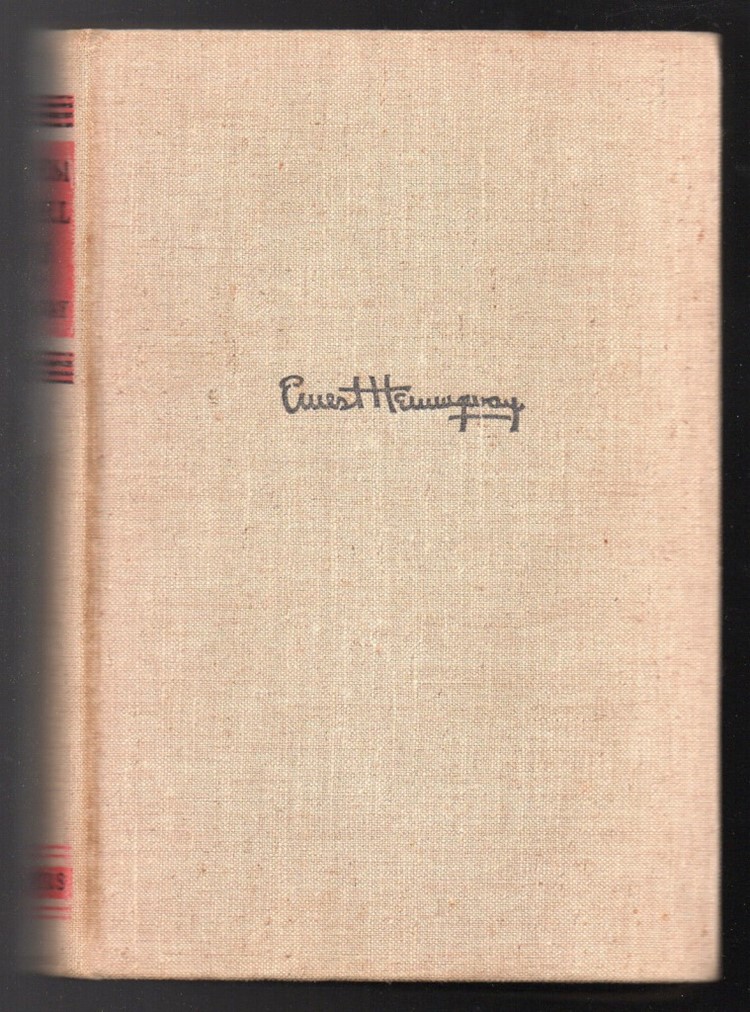
Do you own any rare objects of your own? What is your favorite antique or collection in your own home?
I used to collect old first edition books. Among my favorites are several Henry James novels, a Wilke Collins, Nancy Mitford, Evelyn Waugh, Edith Wharton, E. F. Benson and a rather battered first edition of Hemingway’s “For Whom the Bell Tolls”, which I bought at the local Bryn Maar Bookshop for $3.00 in 1986. There’s nothing quite like finding a diamond in the dirt.
You tackle big social issues that I would not have thought of people struggling with, like struggles with sexuality and alcoholism during the Depression era and the Prohibition. Why did you want to explore these topics through your storytelling and did you read any personal accounts that helped you develop these plotlines for your characters?
One of the reasons I write historical fiction is because I like to look back and see how other people handled the considerable challenges of their lives and endured difficult times. In short, I want to learn from the wisdom of the past. For example, the world economy dipped into a massive recession beginning in 2008 which continues to plague us today. Many of the factors involved in that recession (the unregulated mortgage market in particular) are shockingly similar to the unregulated stock market that brought on the Stock Market Crash of 1929 and the Great Depression. And now we see the same fearful, isolationist stance developing politically that in the mid-1930’s developed into fascism and the rise of Nazi Germany.
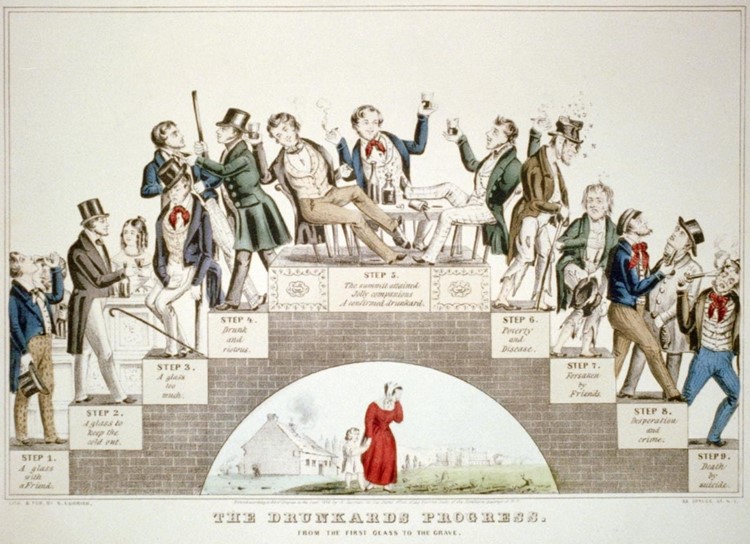
As readers face these challenges today, I want to connect the dots, show them how other generations survived and battled with the same issues. It’s important to have a historical perspective about where we are – and where we could possibly end up. Perhaps the issues of alcoholism seem modern but in fact, during the Prohibition period in America, the alcoholism level climbed dramatically especially among women who were previously forbidden from drinking in saloons and bars due to “propriety.” The attitude towards immigrants was also similarly complex with many captains of industry – Carnegie, Ford, and Kellogg among them – openly funding eugenics research, an area in which America led the field. The idea that some people were genetically inferior was thus supported “scientifically” and greatly influenced the immigration laws of the time, severely limiting the number of Mediterranean, Eastern European, Hungarian, Serbian, Lithuanian and Jewish immigrants. The Italian ghetto of the North End that Maeve grows up in is real. Her red hair and Irish last name represent an authentic barrier in Boston, especially in a time when jobs are scarce. The stigma of her mental health issues is a shameful secret she must hide. And Diana’s confusion with her sexuality and her struggles to fit into the social role her family requires of her are echoed all around us today. None of these issues is recent or new. Life was always complex and challenging. And history teaches us the folly of considering ourselves unique at the risk of repeating the same mistakes.
What was your biggest challenge when writing this book and what did you find came together the easiest for you?
The whole thing is challenging. I have to do many rewrites and take on board a lot of notes from my agents and editors. I’m extremely lucky to work with such talented people who are so patient and supportive.
Maeve’s mother was one of my favorite characters in the book because I so admired her sense of style even though they didn’t have any money. I also admired her bravery for finding a way to make a community for herself. Who was your favorite character to write?
I too have a fondness for Nora because, as you noted, she’s a survivor and extremely resourceful. I like people who don’t give up and don’t waste time feeling sorry for themselves. She’s taken a potentially impossible situation and created a narrative that makes sense of it and gives both her daughter and herself a workable past and future.
Maeve and Diana come from two very different social classes and form a friendship in spite of it. Do you think a friendship like this could ever work? Have you ever found yourself in a situation like this where you just couldn’t fit in?
Absolutely! I see people from different races, backgrounds, faiths and upbringings forming friendships and helping one another through difficult times on a regular basis. One might argue this is the very basis of modern day 12 Step program groups like AA, Al-Anon, and Narcotics Anonymous, as well as a legion of other self-help organizations throughout the world. In fact, many of these groups were founded in the mid-1930’s on just such principles.
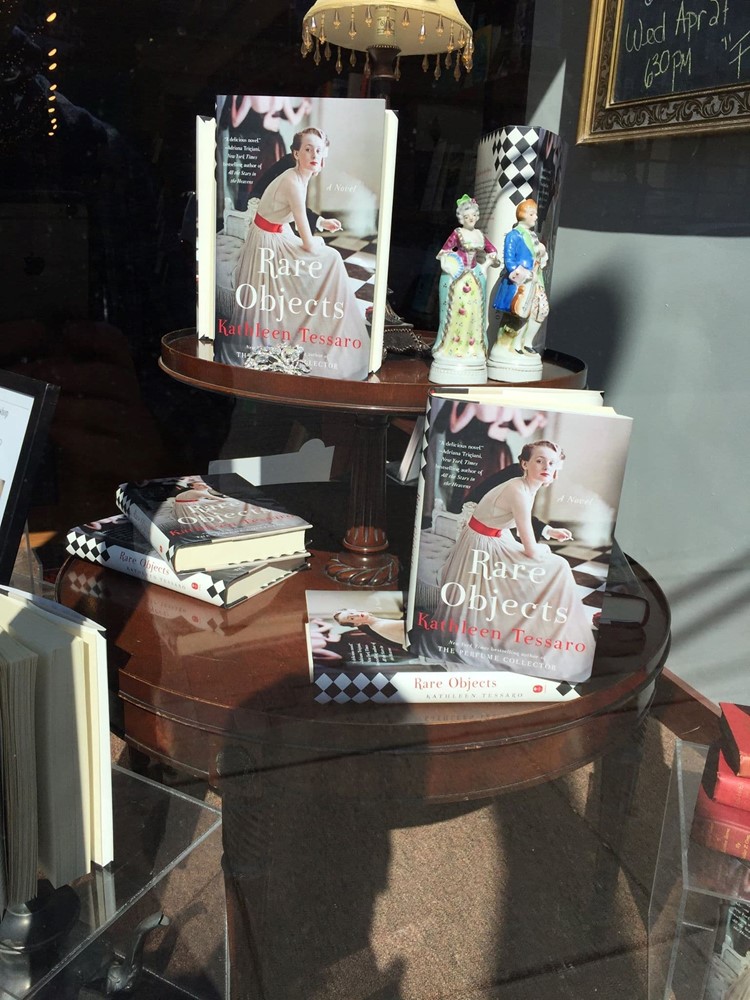
As a working mother, do you have a tip for those of us that are struggling with balance between work and family?
No. I won’t pretend to have a sense of balance. I veer between one extreme and the other and, for what it’s worth, so does my husband, so I don’t think it’s a goal that women alone should be aiming for. As a matter of fact, it might be better to simply not concern ourselves with it at all. I suspect it’s one of those vague terms, like “happiness” that everyone bandies about as the Holy Grail but has little to do with reality. Can you imagine people at the turn of the century anxiously wondering if their lives were balanced? What a luxury!
We have more important things to do than take our emotional temperatures and worry about some illusory ideal state that was probably concocted by advertising executives. If anything, I want other women know that I respect their accomplishments as well as their right to get their hands dirty in life, on their own terms, without judgement or criticism from me or anyone else. Be messy. Try. Fail. Try again. And above all, never apologize.
Editor’s Note- You bet, I highlighted that whole answer! What a great way to think about the myth of balance!
You can connect with Kathleen Tessaro on her website, on Facebook, or on Twitter! I’m always thankful for these moments with writers and I hope you will pick up this amazing book! You can always connect with me on GoodReads, through our books section of our site, and you can read our entire Sundays With Writers series for more author profiles. Happy reading, friends!
*This post contains affiliate links!
Pin It